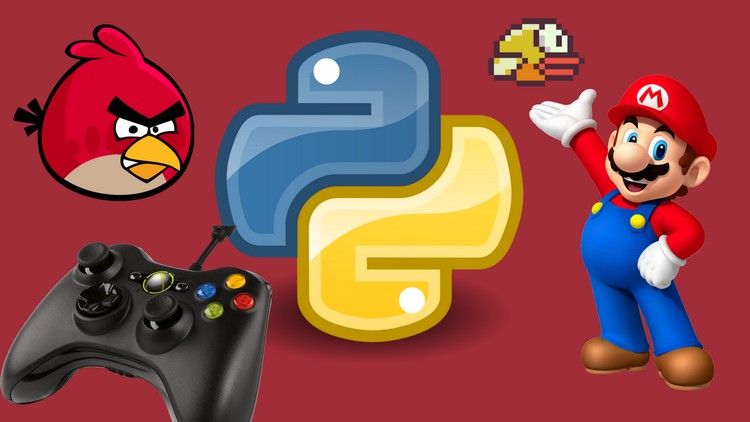Here, you will find the basic aspects of Python. Well, what can you do with Python? There are plenty of things. Python is a very versatile programming language, with a plethora of uses in a variety of different fields. We’ll look forward to the things you can do using Python but, if you’d like to get started coding Python, don’t forget to take a look at 11 Tips To Learn Python Programming. Shall we start?
Python language is used in many applications. Before we move on to the specific application, let me answer the most asked ones first; which are the companies that use Python? Well, it’s a tricky question but you will find a few of the high-powered companies that use Python on a daily basis.

Google is a company that has used Python from the start, and it’s gained a place as one of the tech giant’s main server-side languages.
Instagram likes Python for its simplicity. The service is known for running “the world’s largest deployment of the Django web framework, which is written entirely in Python.”
Spotify puts the language to use in its data analysis and back-end services. According to their team, Python’s ease of use leads to a lightning-fast development pipeline. Spotify performs a ton of analyses to give recommendations to their users, so they need something that’s simple but also works well. Python to the rescue!
Thanks to its easy readability and range of applications, Python is a popular programming language and there are plenty of Python projects available for programmers at any level. These projects include, but are not limited to:
- Education
- Games
- Machines
- Machine Learning
- Web Development
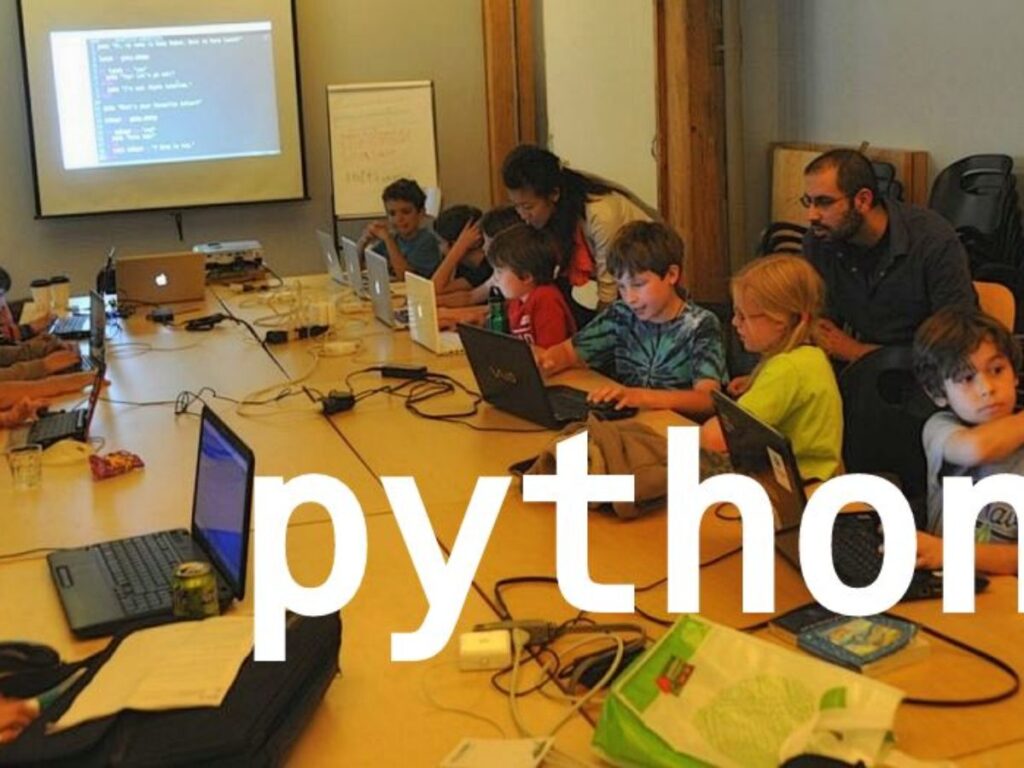
Python for Education
As we didn’t put this blog at the beginning of Python series, Python programming starts with education. Python is often slower than other programs and is incompatible with mobile app development. Although, there’s an advantage to learning Python: it can be useful for picking up other coding languages.
Python is a relatively easy language to learn: it’s simple, easy to read, and has access to many open source tools. Thousands of contents can be found online. So, Python can be used on an educational level to prepare you to learn how to do more complicated programming. It basically lays the foundation of logic-based thought processes that is required for thinking about how to code.
Additionally, there are plenty of free resources available to those who want to teach Python or use it as a springboard to other coding languages.
Of course, these Python project ideas are the beginning. The sky’s the limit for what you can create. Whether you’re starting on your first basic automation project or deep in a machine learning program, there is always more to do and explore with Python.
Python for Games
This one is for those of you who like to have fun! Python can be used to code a variety of arcade games, adventure games, and puzzle games that you can deploy within a few days. Classics like hangman, tic-tac-toe, ping-pong, and more are all doable with your newly acquired programming skills.
The Pygame library makes it even easier to build your own games. It contains almost anything you could need when starting to develop a game. If you keen on game development, check this out!
Pygame is free and open-source. It includes computer graphics and sound libraries that you can use to add interactive functionality to your application.
There are scores of games you can create with the library. Whatever you choose to invent, feel free to share your stuff with the Pygame community!
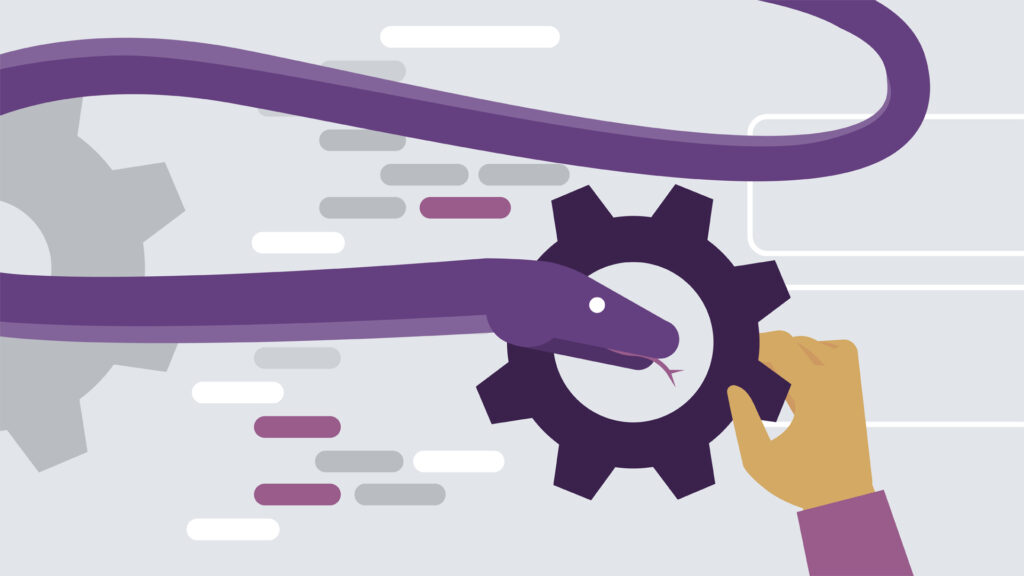
Python for Machines
Are you interested in watching your code come to life in the real world? There are all sorts of possibilities for building exciting machines when you pair your Python expertise with something like Raspberry Pi. With a few extra parts and some ingenuity, you can do just about anything.
As an example, you can build a smart home application by creating motion-sensitive lighting or programming a way for the heating to adjust based on how many people are inside.
You could venture into robotics and use Python to create a car you can control with your phone or a robot with the “brainpower” of a worm! Or, if you’d like to indulge your inner child, there are always projects like the raspberry pi whoopi cushion or magic 8 ball. You can check some DIY Youtube videos.
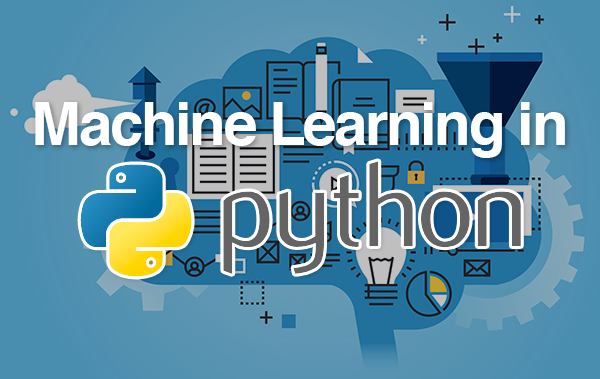
Python for Machine Learning
Machine learning is a critical field to work with Artificial Intelligence. It is basically where the magic begins. Yet, there are many people who are interested in starting but intimidating to get started, because the space is fast and ever-changing.
Luckily, there are resources online that can help you get your feet wet before you dive into the world of data science. These tutorials teach you how to use maths to build some models based on sample data to make predictions or decisions without being programmed to do so.
You might ask the relation with Python. Well, Python is used by many programmers to build algorithms that can be used in several areas. These algorithms are built utilized knowledge of machine learning.
If you’re looking forward to getting started, you’ll likely want to turn to modules like Scikit-learn, Tensorflow, or Theano.
Scikit-learn is usually agreed to be the easiest of the systems to use, it’s open-source and offers a wider variety of programs to use, so if you’re serious about machine learning, you will want to start there.
Tensorflow offers more basic tools, meaning while it might be harder for beginners to pick up, it offers a wider range of capabilities.
Theano, on the other hand, is like Tensorflow. It runs on Python and can be faster than Tensorflow, but can be difficult to debug.
Though it might seem daunting, there is actually quite a bit to do with machine learning, even for beginners. Machine learning could take it a step further, allowing you to design a program to predict stock prices.
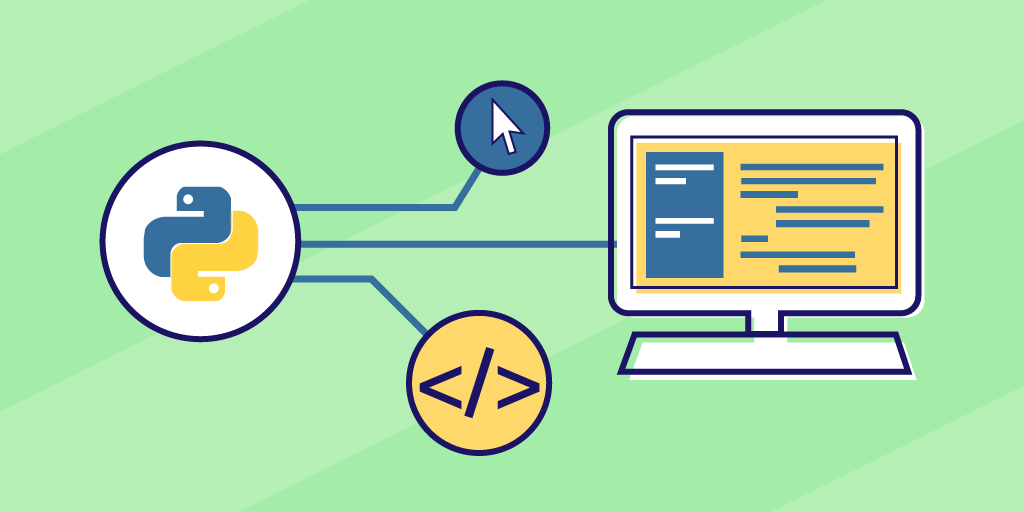
Python for Web Development
That said, Python is more than useful for automation tasks and is growing in popularity as a system useful for web development. In fact, Instagram is one of the biggest Python users in the world!
When working with web development, Python is the most useful for backend coding, creating programs with similar functions as the numeric computing tasks. The rest of the work is dependent on web frameworks, which work with Python coding. We can split into two categories: full-stack and micro web-frameworks.
We already mentioned the importance of backend coders. Don’t forget to check this out!
If you haven’t done much web development before, it might be worth starting with a micro web-framework like Flask or Bottle. These frameworks are a great fit for smaller projects and they tend to offer more flexibility, so it’s easier to make changes to your project later down the line.
Of course, the smaller size of micro web-frameworks means that depending on what you do, it will not be able to support project growth.
This is where full-stack web-frameworks come in. These include popular frameworks like Django, which Instagram uses, and Pyramid. Full-stack web-frameworks are useful for larger projects; they come well equipped with a large variety of libraries and structures to help you build your site.
Furthermore, it can be easier to grow your project if you start with full-stack. The downside of these web-frameworks is they can be slow and there is less flexibility available, so make sure you like your program before starting a long-term project.

